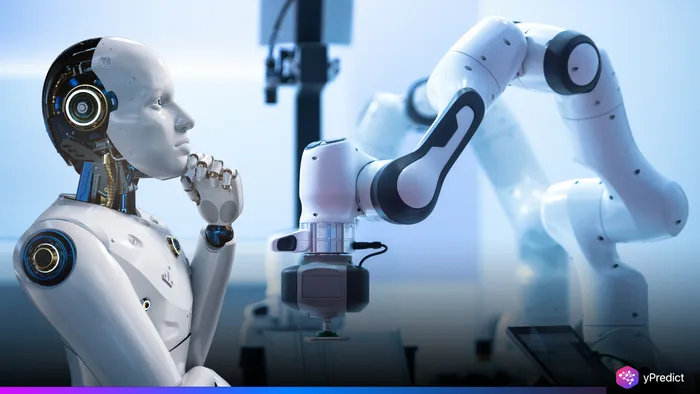
Artificial intelligence has taken another remarkable leap with the introduction of a novel setup where one AI creates entire worlds, while another AI acts inside those worlds. This breakthrough, described by DeepMind’s Demis Hassabis, reveals a surreal but powerful approach to training AI agents. The DeepMind SIMA agent now operates inside a dynamic world generated in real time by another AI called Genie 3. This combination creates an environment that can endlessly generate diverse and complex scenarios, a critical factor for advancing robotics and artificial general intelligence (AGI).
Traditionally, AI agents learn by interacting with static or pre-programmed environments. These fixed environments limit the variety and richness of training experiences, slowing progress toward more adaptable and intelligent machines. However, this new AI-generated worlds approach removes such barriers. With Genie 3 continuously crafting new realities on the fly, the SIMA agent faces fresh challenges every moment. This means the training data becomes virtually unlimited and infinitely varied. The potential to accelerate robotics training data quality and quantity is enormous. It also opens a new chapter in advanced AI development.
Understanding the AI-Generated Worlds Concept and Its Impact on Robotics
The core innovation lies in separating the roles of environment creation and agent action. Genie 3 builds detailed, interactive worlds that can change dynamically based on the SIMA agent’s behavior. This is unlike traditional simulations with static rules. The real-time generation allows for unpredictable, complex, and rich settings that test the agent’s learning abilities at every step. This continuous evolution challenges the agent, helping it adapt, problem-solve, and develop skills closer to real-world robotics.
This method allows us to bypass the bottleneck of limited training scenarios. Robots and AI agents learn through huge amounts of varied experience, when training they need as much variation in training data in order to become adept in the real world. The more varied and realistic the training data, the better the robot or AI will perform when deployed. Since AI-generated worlds can produce infinite variations in the training data, robotics training data becomes exponentially more rich. This method could help to dramatically reduce the time and resources needed for training robots, and ultimately expedite our progress toward fully autonomous machines that can perform complex tasks.
How This Setup Advances Advanced AI Development and AGI
The implications extend beyond robotics. The interplay between Genie 3 and the SIMA agent simulates a mini ecosystem of intelligence creation. One AI models the world, while the other learns to act and adapt inside it. This closely mirrors human cognition, where we imagine scenarios and learn from interaction. Such a setup brings AI closer to achieving artificial general intelligence, capable of understanding and functioning across many domains.
With constant fluctuations in environments and challenges, AI systems can build more sophisticated reasoning, planning, and decision-making capabilities. This promotes creativity and flexibility – the cornerstones of AGI. Instead of programming all situations in advance, the AI learns to confront novelty and uncertainty. This self-learning is a major breakthrough in advanced AI.
Real-World Applications and Future Potential
AI-generated worlds also offer exciting potential for applications in real-world robotics. Using this training method, robots will better cope with the uncertainty of unstructured environments such as homes, factories, and disaster zones. They can learn to recognize the nature of changes made to the world, learn to adapt quickly to the changes, and operate safely with little human supervision. The unlimited, rapidly-changing, and dynamic nature of the training data will be useful for precisely controlling robot systems and enhancing their ability for physical interactions.
In addition, this technology stands to boost research in the area of simulation-based learning across multiple sectors. Whether it’s autonomous vehicles or AI -augmented assistants, many fields can benefit from richer, scalable training environments. This innovation removes a layer of complexity from creating safer, smarter, and capable AI systems.
What Challenges Remain and the Road Ahead
While this AI-generated worlds framework appears to be full of potential, there are still obstacles that must be removed. The demand for building an AI such as Genie 3 that can produce complex and realistic environments is substantial. The challenge lies in enabling AIs (Bradley, 2020) to generate worlds that are either “meaningful” for the purposes of training with a subject and not overstepping into “crazy” states of worlds. For example, synchronizing both advanced AIs to work together will demand good protocols and algorithms.
However, researchers are optimistic. As computing power and AI methodologies continue to advance, embedding these ideas into practice will likely require less effort. Considering one AI that operates inside the mind of another AI is no longer science fiction; it’s a plausible route for improving AIs.






